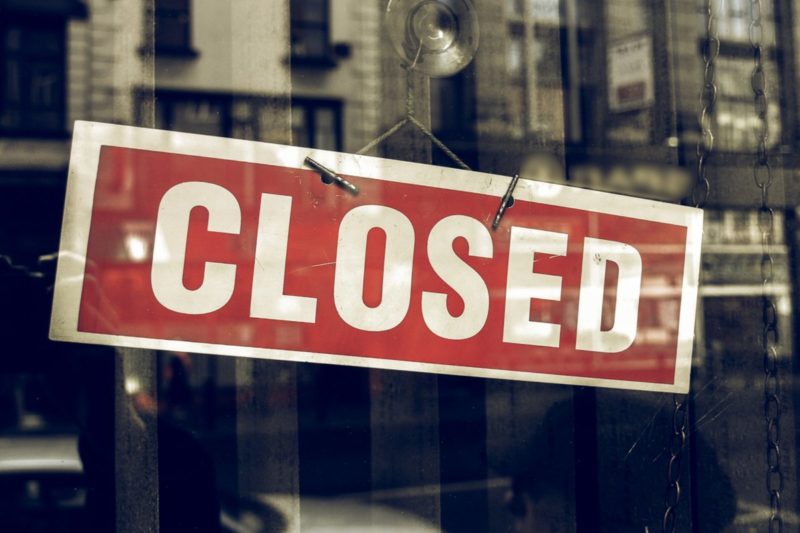Study: Texas GOP’s Clinic Closure Law Made Abortion Inaccessible for Many
The study found that Texas counties where the distance to the nearest abortion clinic increased by 100 miles or more saw a 50 percent decline in the number of abortions.

The number of abortions in Texas dropped significantly after the passage of Republicans’ omnibus anti-choice law, HB 2. New research found that the reduction is directly related to the greater distances pregnant people were forced to travel to access abortion care.
A study by the Texas Policy Evaluation Project (TxPEP), published Thursday in the Journal of the American Medical Association (JAMA), confirms that increases in distance to the nearest abortion clinic caused by Republican-backed clinic closures contributed to the decreased abortion rate.
Dr. Daniel Grossman, an investigator with TxPEP, said in a statement that the study shows a direct correlation between clinic closures and the drop in abortions.
The study found that abortions declined by 50 percent in Texas counties where the distance to the nearest abortion clinic increased by 100 miles or more. In counties without an abortion provider that didn’t experience a change in distance to the nearest facility, the number of abortions did not change.
Grossman said that the new study builds on research showing that HB 2 had a significant impact on access to reproductive health care.
“It corroborates the findings of our previous qualitative research, where we heard from women that the long distances to the nearest clinic created significant financial and logistical barriers to care,” Grossman said.
When the U.S. Supreme Court in June struck down provisions of HB 2, the ruling relied heavily on research that showed abortion care was a safe and well regulated procedure.
Prior to the implementation of HB 2, there were about 41 facilities in 17 counties that provided abortion services in the state. At least 16 of those facilities had either closed or stopped providing abortion services by the end of 2013, after most of the law’s provisions took effect.
Southern and western Texas were disproportionately affected by Republican efforts to close clinics.
The study notes that the number of abortions in Texas declined by 18.5 percent between 2012 and 2014, according to statistics published by the Texas Department of State Health Services. The total number of abortions in the state decreased from 68,298 in 2012 to 63,849 in 2013 and 54,902 in 2014.
The number of people who traveled out of state for abortion care also increased dramatically after Republicans passed HB 2.
Only six of the state’s 254 counties still had an abortion provider in 2014. Residents of these counties accounted for the majority of abortions, but still experienced a 15.9 percent decline between 2012 and 2014, according to the study.
In these metropolitan areas, the change in distance to the closest abortion clinic was minimal. Dr. Joseph Potter, the study’s principal investigator, pointed out that there were still “significant declines” in the number of abortions in these counties.
“We suspect these decreases were related more to the limited capacity at the remaining abortion clinics rather than distance changes,” Potter said in a statement.
